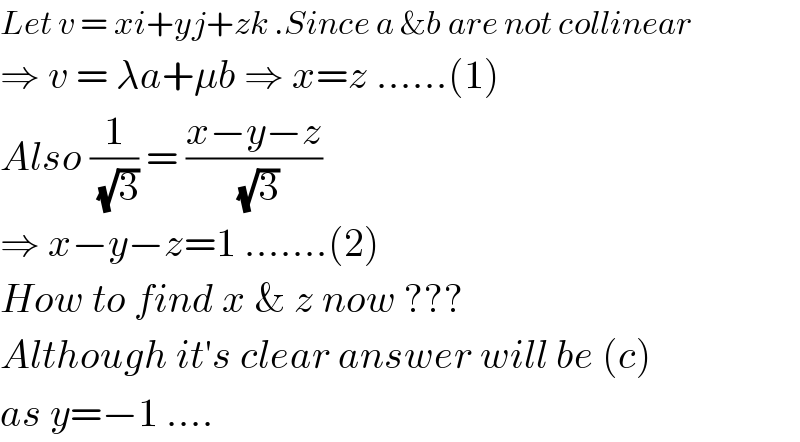
Question and Answers Forum
Question Number 45898 by rahul 19 last updated on 18/Oct/18

Commented by rahul 19 last updated on 18/Oct/18

Answered by tanmay.chaudhury50@gmail.com last updated on 18/Oct/18

Commented by rahul 19 last updated on 18/Oct/18

